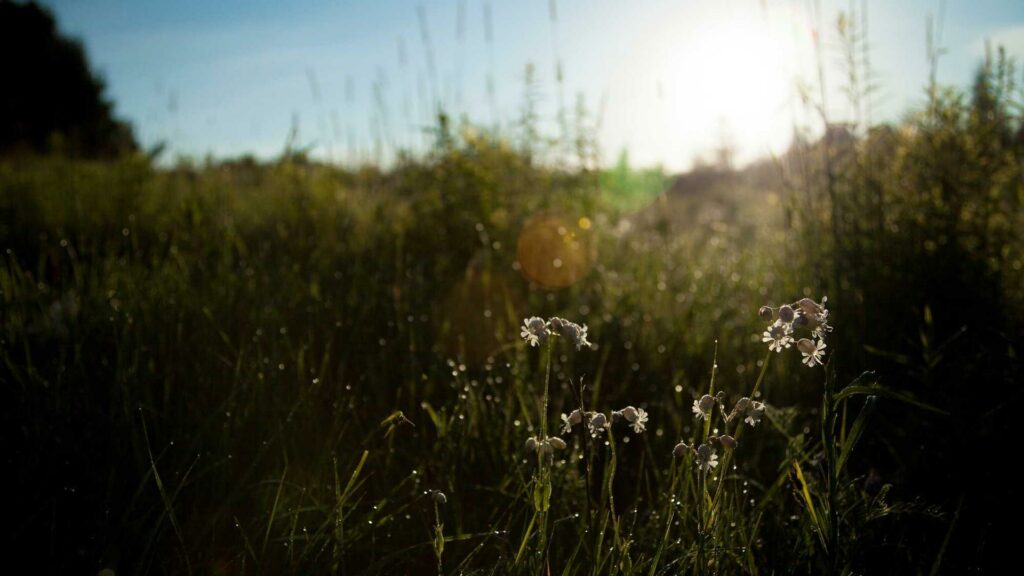It Begins with Aluminum—and Urgency
Before it ever touches a rescue van or supports a patient on a mountain slope, an emergency stretcher begins as something incredibly ordinary: raw aluminum alloy tubing stacked on a warehouse rack.
But what makes it extraordinary isn’t the material. It’s the purpose it carries—and the process that shapes it into life-saving equipment used by paramedics, firefighters, and field responders across the world.
In this article, we follow the journey of a Jiekang emergency stretcher from factory to field. This isn’t just about production. It’s about preparation—engineering for emergencies, because lives don’t wait.
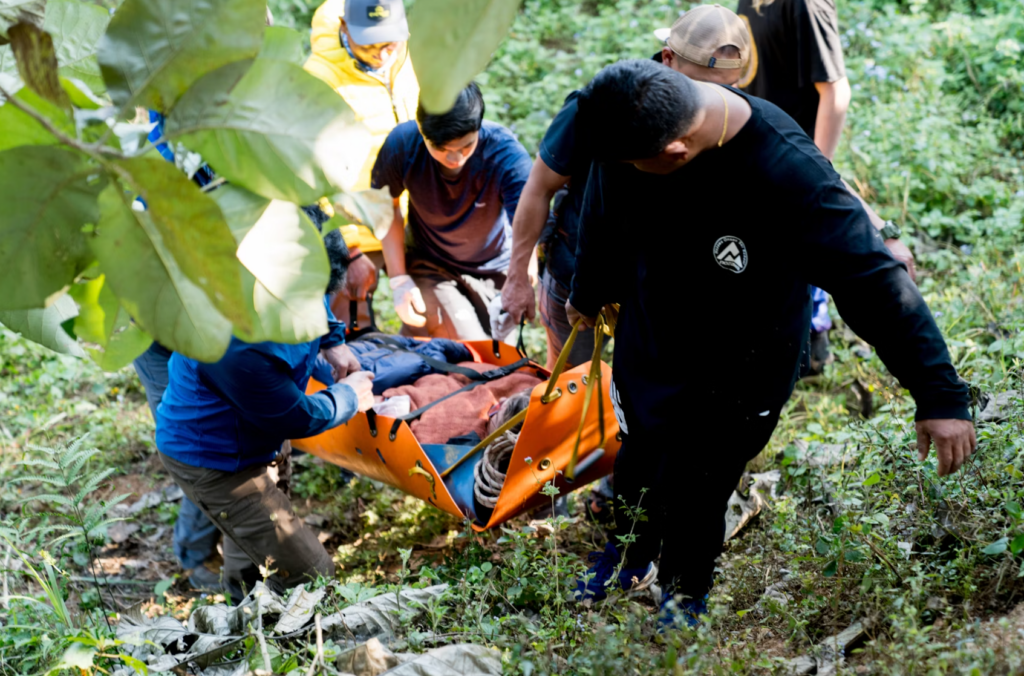
Step 1: Design Built by Experience, Not Assumption
Before a stretcher enters production, our design team sits down with frontline responders—EMTs, army medics, and disaster relief professionals. We ask:
- What slows you down in the field?
- What’s failed you before?
- What do you wish this stretcher could do?
From these conversations, real design decisions emerge:
- Stretchers must fit into narrow staircases and helicopter cabins
- They must allow single-person loading when backup is delayed
- Fabrics must resist blood, seawater, and fire retardant chemicals
That’s why in our rescue stretcher line, you’ll find details like:
- Non-slip handles for wet conditions
- High-density Oxford fabric that resists tearing
- Quick-fold frames for confined space extraction
- Reinforced crossbars for uneven terrain lifts
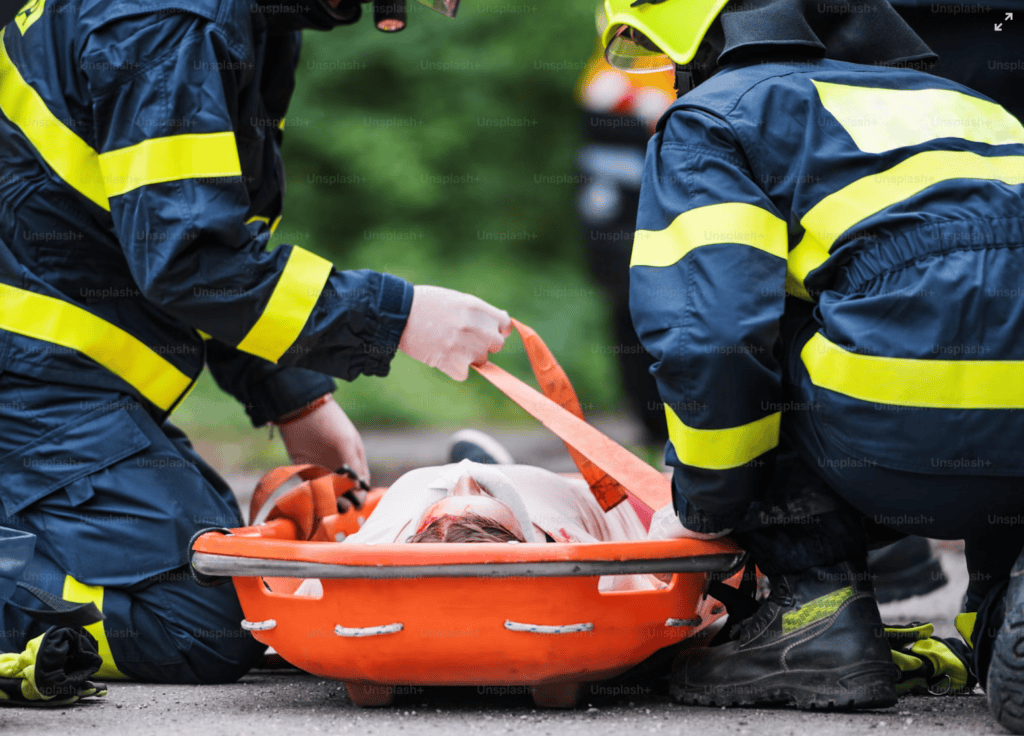
Step 2: Manufacturing Under Emergency-Grade Conditions
At our Zhangjiagang facility, each stretcher frame passes through:
- Precision cutting using CNC-guided tools
- Heat-treated welding for joint durability
- Load testing to simulate 159+ kg patient transport
- Anti-corrosion coating for long-term outdoor storage
Every part—down to the locking pins—is inspected not by robots alone, but by trained workers using real stretch-and-fold actions.
Stretchers are assembled by hand, tested by scenario, and folded over 100 times before packaging.
Because when a disaster strikes, no one can afford a stuck joint or a missing latch.
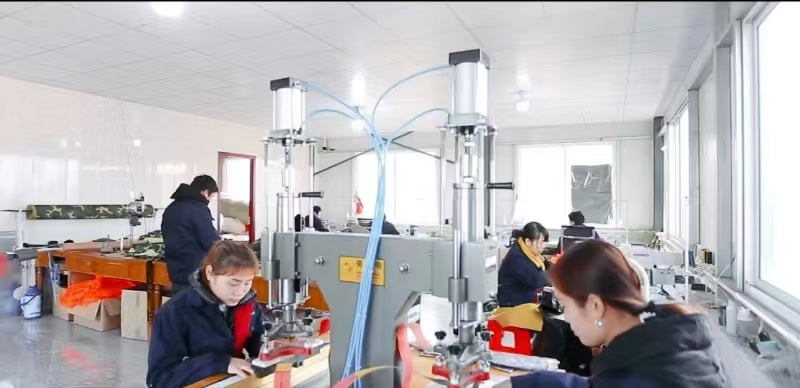
Step 3: Packed for Deployment, Not Display
We don’t pack stretchers in shrink-wrap with pretty bows. We pack them like gear that’s about to cross warzones and riverbanks.
- Folded flat into waterproof hard cases or quick-deploy bags
- Pre-paired with straps, immobilizer pads, or spine boards
- Clearly labeled by application: ambulance, mountain rescue, helicopter-ready
- Shipped with multilingual pictogram instructions for global deployment
For military and NGO clients, we also offer unit-coded packaging so teams know exactly where to place each stretcher in the vehicle or gear room.
Step 4: Arrival in the Field—Readiness or Regret
Let’s fast-forward 27 days after shipment.
In a mountainous province in Northern India, a landslide blocks a remote road. A minibus with 11 passengers is trapped. Three are injured, one critically.
The local EMS team has two Jiekang foldable rescue stretchers loaded into their 4×4 unit. The terrain is steep, slick, and narrow.
- Without a full-size rigid stretcher, they can carry one on each shoulder
- With the quick-release joints, they unfold and secure in under 30 seconds
- With the anti-slip handles and breathable fabric, they transport the patient down without rotation
That stretcher never squeaked. Never jammed. Never failed.
Because it wasn’t designed for showroom floors—it was designed for this.
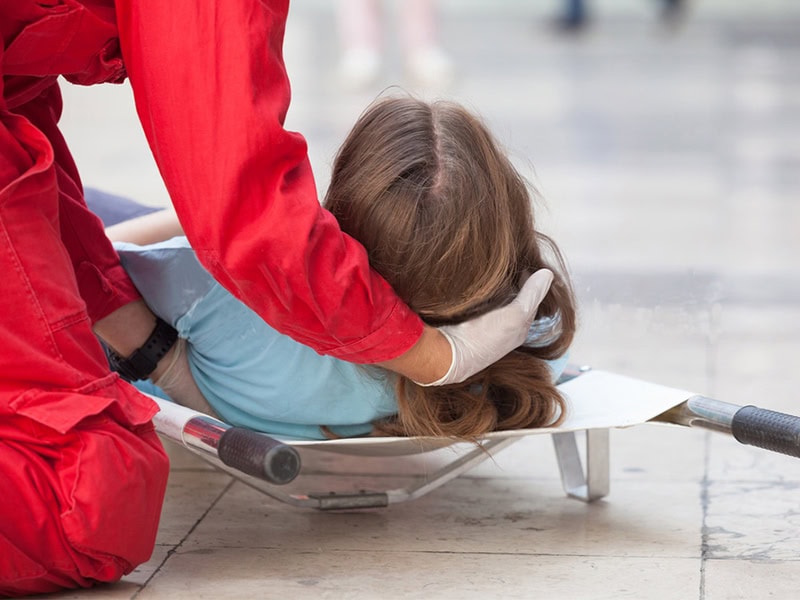
Why Field-First Thinking Matters
The difference between a consumer-grade stretcher and a mission-ready one isn’t always visible. But in motion, under pressure, with a life on board—the difference screams.
Here’s what field responders told us they rely on:
- Locking mechanisms that work even in rain
- Handles that don’t slip with gloves on
- Frames that don’t flex on stairs
- Fabric that doesn’t stick to skin or tear under load
That’s why our team doesn’t just build gear. We simulate disasters, talk to veterans, and iterate based on chaos—not convenience.
Where the Stretchers Go Next
From our factory, Jiekang stretchers have reached:
- Urban EMS fleets in São Paulo and Manila
- Military field hospitals in Pakistan
- Coast guard boats in Malaysia
- Earthquake zones in Turkey
- Ambulance stretcher systems in public hospitals across Africa
And for each, we adapt:
- Color coding by service
- Attachment points for IV poles or oxygen
- Heat-resistant covers for desert or fire conditions
We don’t believe in one-size-fits-all. Because emergencies don’t either.
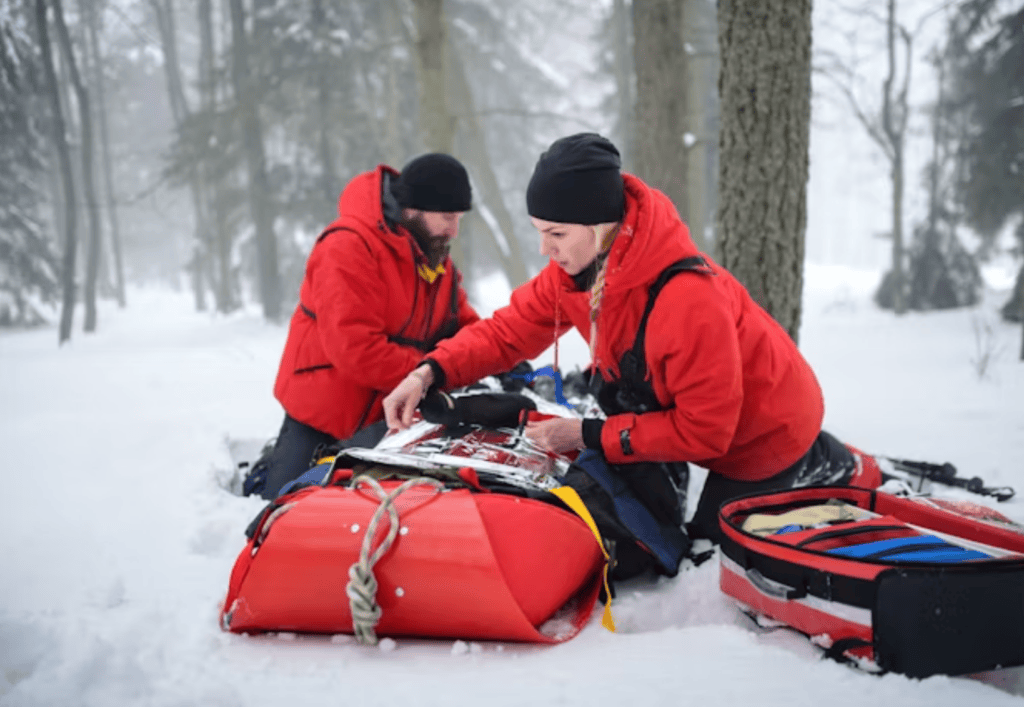
Final Stretch: Your Readiness Is Built Today
Emergency response isn’t decided on the day disaster strikes. It’s decided weeks, months, and choices earlier—at the procurement table, on the manufacturing line, in the training room.
Whether you’re equipping:
- A hospital fleet
- A fire department
- A disaster response NGO
- Or a manufacturing plant with high-risk zones
The stretcher you choose says one thing loud and clear:
“When it matters most, we’re ready.”
Speak with our team to build your stretcher package, get compliance support, or request a quick quote.



